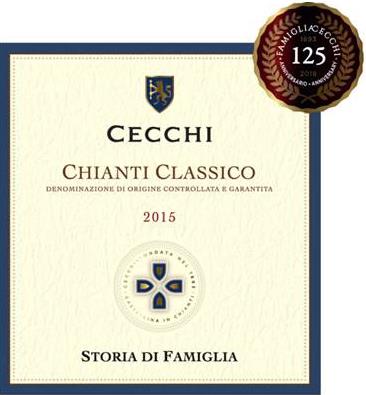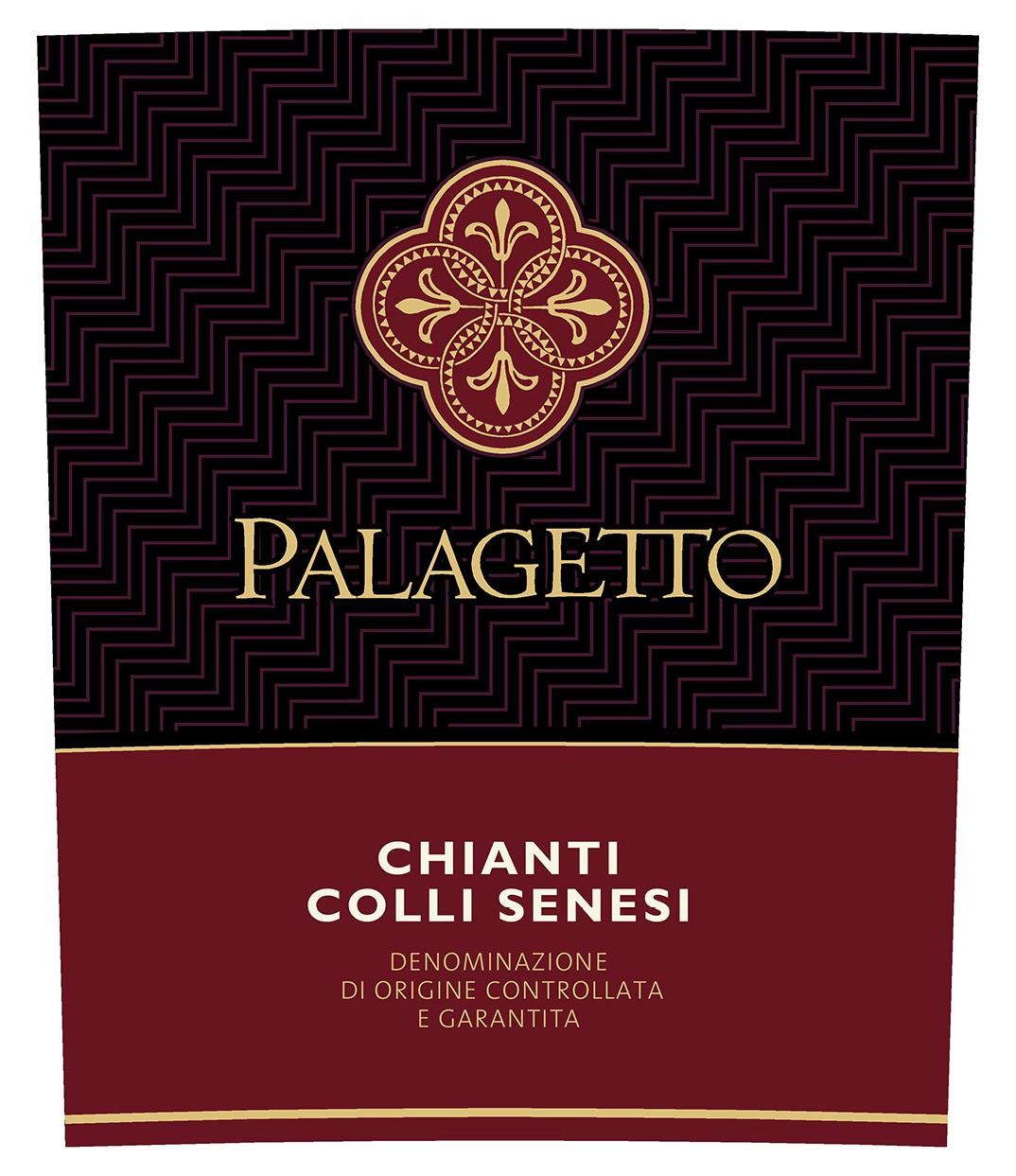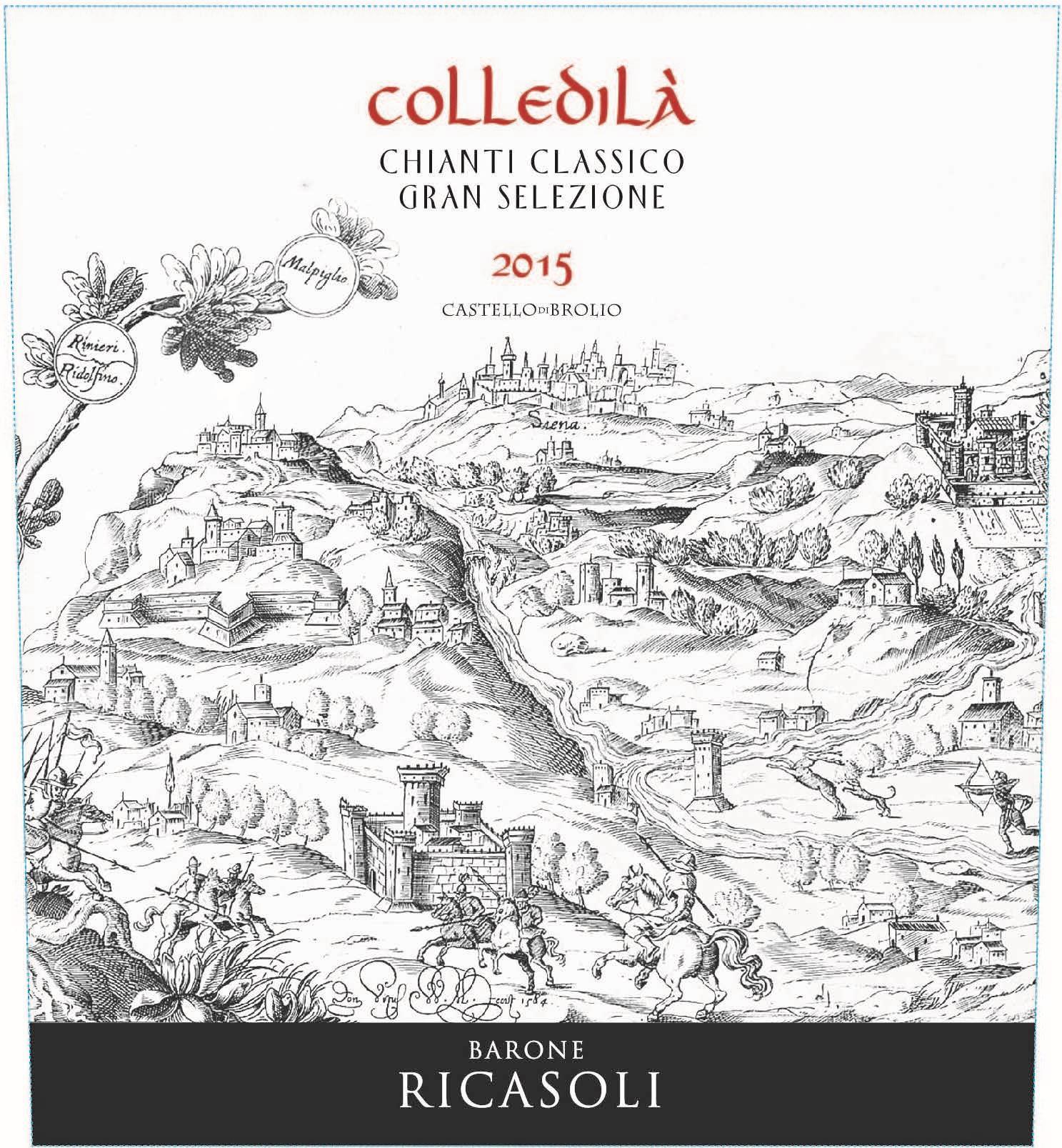Chianti: The Last Straw
I can't help myself with the movie references this month for some reason, but hey...at least I am picking some good ones. In any case, I know I spend a lot of time trying to shine the spotlight on lesser-known wine regions that you should know about. However, it is also important to not forget about the classics. Even among these popular winemaking regions, there is one that seems to have faded into the background among the Bordeaux and Burgundy, Brunello and Barolo, (and apparently any other legendary "B" wine). Today, I am talking about Chianti.
Thin, slightly fruity, very astringent.
Even if you searched my previous posts, you will notice I have never really gone into detail on this Italian wine staple. I do think there is still an unnecessary stigma associated with this wine, mainly because of the bulbous bottle inside of a straw basket. This was the norm back in the 1970s and 1980s, but even with high-quality Chianti being imported today why doesn't Chianti carry the same clout with the American consumer?
100 MIL-LI-ON Liters!
Whether you are already a fan of Chianti or need your preconceived notions changed, here we go. The Chianti region is responsible for north of 110 million liters of wine being produced; that's roughly 44 Olympic-sized swimming pools of Chianti available to you. There was a time when there was indeed just too much damn wine being made that had "Chianti" on the label. This annoyed the producers in the traditional heartland of the Chianti region of Tuscany, who were situated in the vineyards stretching from Florence to Siena. They felt the outlying regions that were making lighter Chianti were harming the reputation of the classic region. So by 1984, "Chianti Classico" was born to note this longstanding, chewier, denser red wine that can evolve in the bottle. Other subzones of Chianti that produced wines of distinction above and beyond basic Chianti were eventually awarded their own recognized regions; these include "Colli Fiorentini," "Colli Senesi," and "Rufina." They are sometimes referred to as Chianti satellite regions. All of these wines are based on a high percentage of Sangiovese, THE grape of Tuscany with its high acid, sour cherry flavor, and (with proper aging) leathery texture. Percentages of local grapes like Colorino, Canaiolo, Malvasia, and Trebbiano can be added, but so can the well-known grapes Cabernet Sauvignon, Merlot, and Syrah. There is a large palette for the grapegrowers and winemakers to choose from.
Credit goes to Vinepair for the Chianti map above.
Additionally, if you see a "Chianti Classico Riserva" wine on the shelf, it has been aged a minimum of 24 months. Some producers such as Rocca delle Macie, make a Chianti Classico Riserva ($29) that can rival some of the wines of Brunello di Montalcino. A new category debuted in 2014 called Chianti Classico Gran Selezione, which are wines made from grapes from vines only owned by the winery who is producing them; it is common practice to source grapes from other vineyards to make a percentage of blends. This stricter regulation showcases a more defined location...more terroir.
Chiantis are great with everything from pizza, to red-sauced pastas, to hearty beef dishes (example, Braciole). The Classicos and Riservas are also lovely on their own when you get a slight chill in the air (which is getting here soon); these are very satisfying wines.
How about a couple of recommendations? OK...here you are. These will help take you Chianti drinking to the next level, and hopefully change your opinion of the wine for the better.
Cecchi Chianti Classico ($15): This is a great starting point; we recommend this one a lot at Divine Wine, as it gives you the classic sour cherry and leathery notes that you want from a quality Chianti, along with a touch of herbaceousness.
Palagetto Chianti Colli Senesi ($15): One of the satellite wines of Chianti, Palagetto makes a fantastic range of products that you should seek out, whether this Chianti or not. The Chianti Colli Senesi is about 85-90% Sangiovese with a bit of Merlot and local grapes blended in. Deep ruby in color, this has a raspberry and earthy tones.
Barone Ricasoli Chianti Classico Gran Selezione Coledila ($45): If you want to treat yourself, go with a wine from the family that is credited with creating the original "recipe" for Sangiovese-based Chianti. This is a higher-octane wine made from 100% Sangiovese aged at least 18 months in new oak barrels, imparting a lot of vanilla, chocolate, and baking spice flavors to the primary dark cherry fruit flavors. While awesome to try now, it will pay you back with a few years in the cellar to harmonize and soften the tannins.






